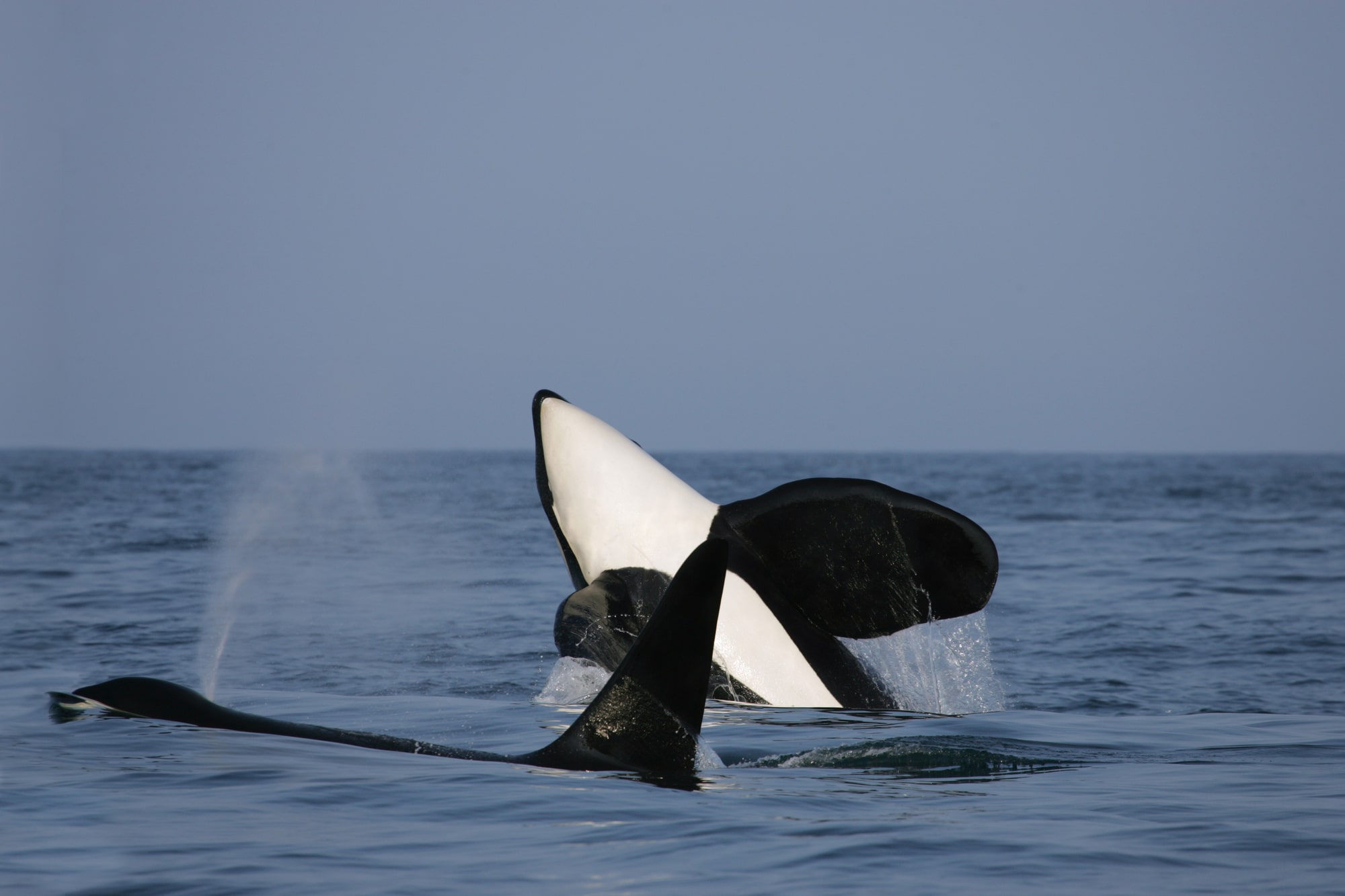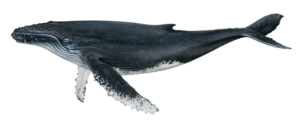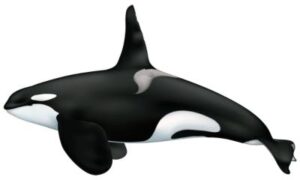Whale & Dolphin Species in Kaikoura
Embark on an unforgettable journey into the heart of marine marvels with our guide to Whale Watching in Kaikoura. Nestled along New Zealand’s enchanting coastline, Kaikoura stands as a celebrated marine sanctuary, offering a front-row seat to the mesmerizing world of whales and dolphins.
In this guide, we’ll unravel the diversity that defines Kaikoura’s aquatic realm.
From the gentle giants of the ocean to the playful dance of dolphins, join us as we embark on an exploration of the rich tapestry that makes Kaikoura a haven for these magnificent creatures. Let’s delve into the secrets of this coastal paradise, where every wave brings the promise of a remarkable encounter with some of the sea’s most extraordinary inhabitants.

What Whale & Dolphin Species Can You See in Kaikoura?
In Kaikoura you are able to can see Sperm Whales, Humpback Whales, Blue Whales, Southern Right Whales, as well as diverse dolphin species like Dusky Dolphins, Hector’s Dolphins, and Common Dolphins during our whale tours.
Facts about the whales and dolphins from Kaikoura
Sperm whales (Physeter macrocephalus)

Sperm whales are the most common type of whale in the waters near Kaikoura. They are known for their distinctive “spermaceti organ,” which is used for buoyancy and communication. Sperm whales are the largest of the toothed whales and can grow up to 18 meters in length and weigh up to 45 metric tons. Pretty heavy, right? They are found in all oceans of the world and are known for their deep diving abilities, which allow them to reach depths of a stunning 1,000 meters!
Humpback whales (Megaptera novaeangliae)

Humpback whales are best known for their high jumps and distinctive songs (vocalizations), which are thought to be used for communication and possibly for attracting mates.. The Humpback whale earned his name because of their distinctive hump on their back. This hump is often used for identification purposes. They experience long migrations, which can take them thousands of kilometers between their feeding and breeding grounds.
Dusky dolphin (Lagenorhynchus obscurus)

The Dusky dolphin is a small species of dolphin that swims in large pods. They are known for their playful behavior, which often include jumps, flips, and other playful behaviors. Perfect to get that one of a kind swim with the dolphins encounter! They can be seen year-round in Kaikoura and are easily recognizable by their distinctive dark coloration and triangular dorsal fin.
Orcas (Orcinus orca)

Orcas are the largest of the dolphin family and can grow up to 9 meters in length and weigh up to 10 metric tons. Orcas are top predators in the marine ecosystem, and are known to prey on a wide range of species, including seals, sea lions, and even larger whales.
Whale Population Estimates by Species
The International Whaling Commission (IWC) has recognized the challenges in accurately estimating whale populations, particularly for species where detailed assessments are lacking.
This table outlines population estimates for various whale species in New Zealand, shedding light on the current state of their numbers across different regions. These estimates serve as crucial indicators for conservation efforts and highlight the need for continued research and monitoring to ensure the protection of these majestic creatures.
| Species | Population Estimate | Remarks |
|---|---|---|
| Blue Whale | < 2000 (Southern Hemisphere) | Limited estimates available |
| Fin Whale | < 20,000 (Southern Hemisphere) | 720,000 fins taken during the 20th century |
| Sei Whale | No agreed estimates | – |
| North Atlantic Right Whale | 300–350 | At least 50 deaths recorded (1970-2001) |
| Southern Right Whale | 7000–8000 | Approximately 10% of initial abundance |
| North Pacific Right Whale (Eastern) | Critically endangered | Likely only tens of animals |
| North Pacific Right Whale (Western) | Unknown | Probably in the hundreds |
| Bowhead Whale (Bering Sea Stock) | 7000–8000 | Other stocks critically endangered |
| Humpback Whale | Varied recovery rates | Some populations recovering, others stagnant |
| Gray Whale (Eastern North Pacific) | Approx. 20,000–25,000 | Back from near-extinction in the 1920s |
| Gray Whale (Western North Pacific) | Estimated 100-plus individuals | On the edge of extinction |
| Bryde’s Whale | No agreed estimates | Possibly tens of thousands worldwide |
| Sperm Whale | No agreed estimates | Seriously depleted in the South Pacific |
| Minke Whale | > 100,000 (North Atlantic) | No agreed estimates for other regions |
